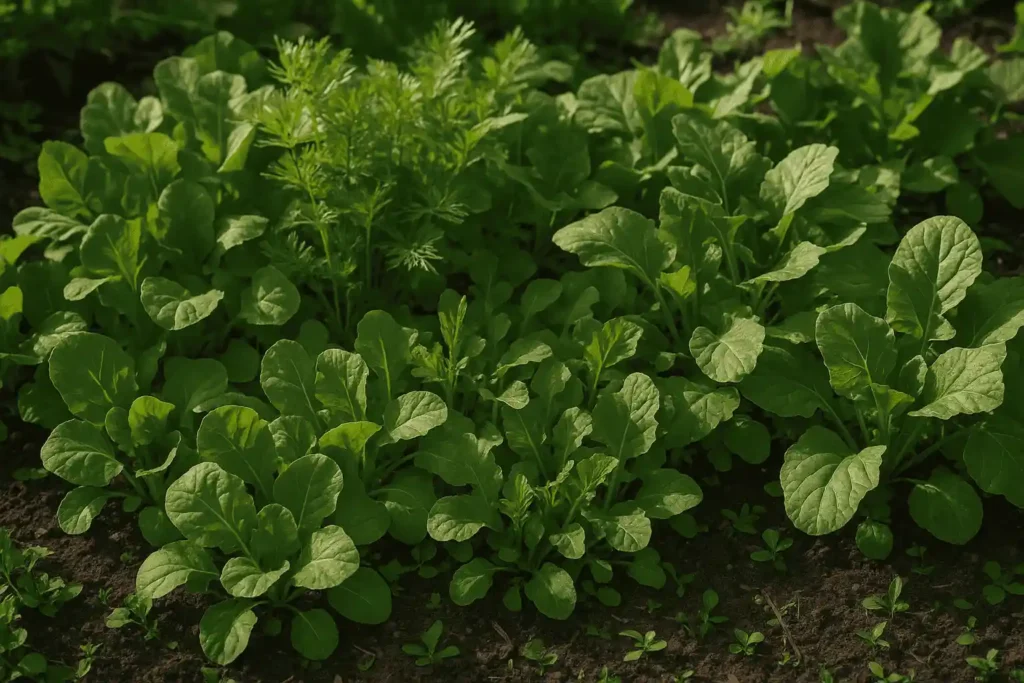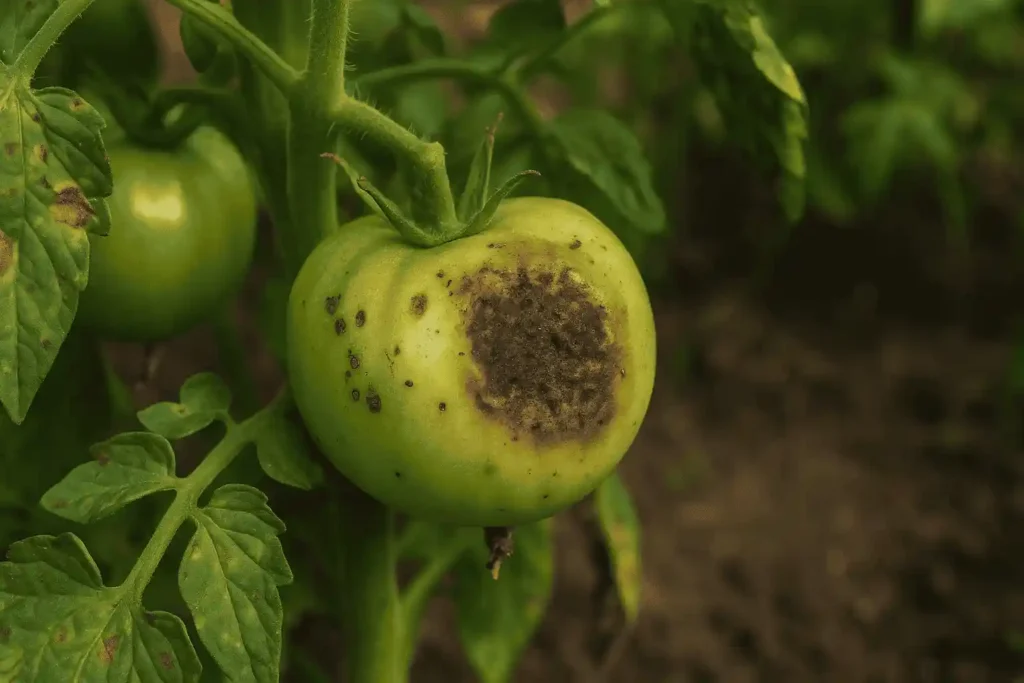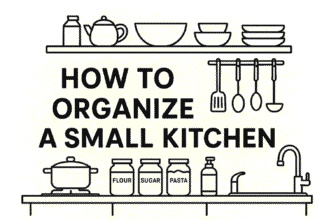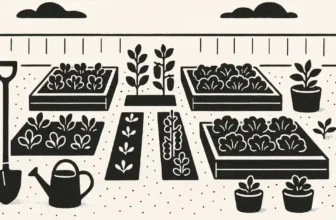Having a beautiful garden is refreshing — it connects you to nature, enhances your space, and gives you access to fresh fruits or flowers. However, there are some common gardening mistakes that even experienced gardeners can make.
In this post, we’ll walk you through 10 common gardening mistakes and how to avoid them, so your plants stay healthy and your garden can reach its full potential. Ready to grow the garden of your dreams? Let’s get started.
Table of Contents
List of Common Gardening Mistakes
1 – Overwatering or Underwatering
Improper watering is one of the most common mistakes, even among experienced gardeners. While it might seem beneficial to water plants frequently, too much water can fill all the air spaces in the soil and suffocate the roots. This often leads to root rot, fungal diseases, and eventually the plant’s death.
On the other hand, underwatering deprives plants of the moisture they need, weakening them, reducing flowering or fruit production, and eventually causing them to dry out.
How to find the right balance?
- Check the soil moisture regularly by sticking your finger about an inch deep. If the soil is dry at that depth, it is time to water your plants.
- Water deeply but less frequently. This way, you will encourage roots to grow deeper and stronger.
- Check the plant’s species to find out about its watering preferences. Some plants prefer consistently moist soil, while others grow better with dry periods in between.
2 – Planting in the Wrong Location
Planting in the wrong location is also among the common gardening mistakes. Each plant has specific light and temperature requirements. Some plants thrive in full sun, while others need shade.
Additionally, exposure to wind or extreme temperature fluctuations can cause physical damage and stress to the pants.
How to find the right location?
- Understand the specific needs of the plant before planting it. Do a quick research or read the plant label.
- Observe your garden to identify areas of full sun, partial sun, and full shade throughout the day.
- Use windbreaks or choose hardy plants for exposed areas.
3 – Ignoring Soil Quality
Soil is the foundation of a healthy garden, and it’s important to assess various soil qualities to ensure your plants are growing in the best possible conditions. Here are some common soil-related problems:
Lack of nutrients:
Plants absorb essential nutrients from the soil, and ignoring soil quality is one of the most common gardening mistakes. Over time, even high-quality soil can become depleted if nutrients are not replenished. As a result, plants may grow slowly, produce fewer flowers or fruits, or develop discolored leaves.
Poor drainage:
Soil that retains too much water can lead to root rot, while soil that drains too quickly may leave roots dry and stressed. Good soil should hold enough moisture to sustain plants but also allow excess water to drain effectively. High-quality pots and planters with proper drainage could also help.
Unbalanced pH levels:
Plants cannot absorb nutrients properly if the soil’s pH is too high or too low. Most plants thrive in slightly acidic to neutral soil (pH 6.0–7.0), though some have specific requirements. Always check the needs of your plants and adjust the soil’s pH accordingly.
How to improve soil quality?
- Test the soil using an at-home kit.
- Add organic material such as compost, aged manure, or leaf mold to improve structure and nutrient content.
- Use mulch to protect the soil surface and retain moisture.
- Vary plant types to avoid nutrient depletion in garden beds.
4 – Planting at the Wrong Time
Planting too early or too late can result in poor germination or even loss of your plant. To find the right timing, you need to understand your local climate and seasonal patterns. Planting too early can expose the plants to cold soil and unexpected frosts, which can stunt their growth or kill the plants entirely, especially for warm-season plants such as tomatoes, peppers, etc.
On the other hand, if you plant them too late, then your plants may not have enough time to mature before the growing season ends.
How to get the timing right?
- Know your local climate and frost dates.
- Check seed packets or plant tags for specific planting window instructions.
- Start seeds indoors and transplant them once the weather is favorable.
5 – Overcrowding Plants

Having a backyard garden full of different plants can be tempting. However, overcrowding the garden does more harm than good. When plants do not have enough space, they start competing for light, nutrients, and water, leading to poor overall health.
A crowded garden results in poor air circulation, which creates a humid environment where fungal diseases and pests can thrive.
Additionally, when plants are too close, their roots compete for space and nutrients, leading to smaller plants, reduced flowering or fruit production, and weaker resistance to stress or disease.
Finally, overcrowded gardens are more challenging to maintain, since your access for watering or harvesting is limited.
How to avoid overcrowding plants?
- Follow the spacing recommendations on seed packets or plant tags.
- Plan your garden layout before planting to maximize space without sacrificing plant health.
6 – Not Mulching Correctly
Mulching is one of the simplest yet most effective gardening practices, if done right. However, many gardeners skip this level or do it wrong. Here are the most common mistakes regarding mulching:
Skipping mulching: This can result in faster moisture evaporation, temperature fluctuations, and increased weed growth.
Using the wrong type of mulch: When mulching, remember that not all mulches are suitable for every garden. You need to choose the right type of mulch for your garden, considering the type of plants.
Piling mulch too high: Too high or thick mulch can suffocate roots and increase the chance of root rot or fungal diseases.
How to mulch correctly?
- Apply a 2-3 inch layer of mulch around plants and keep a few inches of space around the stems and trunks.
- Use organic mulches such as shredded leaves, bark, straw, or compost.
- Replenish mulch in the growing season.
- Avoid synthetic or non-breathable materials.
7 – Neglecting Maintenance Tasks
Having healthy plants requires regular care and attention, and this should not be underestimated. Here are the most common gardening mistakes regarding maintenance:
Letting weeds take over: Weeds compete with plants for water, nutrients, and even sunlight. Ignoring weeds even for a short time allows them to spread quickly and harm your plants.
Skipping pruning: By proper pruning, you can remove dead or diseased parts and encourage healthy growth of the plants. If you skip pruning, your plants can go overgrown and unproductive.
Skipping fertilizers: Soil becomes depleted over time. You need to fertilize the soil regularly based on your plants’ needs.
How to maintain plants properly?
- Set a weekly schedule to inspect your garden for weeds, pests, and other problems.
- Keep your gardening tools clean and sharp for pruning and trimming.
- Stick to regular fertilizing and watering habits.
8 – Using the Wrong Fertilizer
Even nutrient-rich soil gets depleted over time. So it is important to fertilize the soil regularly. However, you should note some points when fertilizing the garden.
Overfertilizing: Applying too much fertilizer can burn the roots, resulting in excessive leafy growth and the loss of flowers or fruits.
Wrong type of fertilizer: Different plants have different nutrient needs. While many plants might benefit from a general-purpose fertilizer, some plants require a more specific formulation.
Incorrect timing: You need to use the right type of fertilizer at the right time. Applying fertilizer at the wrong time can be ineffective or even harmful to the plants.
How to fertilize the soil?
- Read plant labels and research to find out about any specific formulation requirements.
- Use a balanced fertilizer (e.g., 10-10-10) for general garden use, unless your plants have specific needs.
- Apply fertilizer during active growth periods.
- Follow the recommended dosage on the package.
9 – Poor Pest and Disease Management

While pests and diseases are a part of the natural cycle of every garden, and it is almost impossible to avoid them completely, it is important to look for the signs and be prepared. Here are the most common gardening mistakes in pest and disease management:
Ignoring early warning signs: Signs such as yellow leaves, holes in foliage, stunted growth, or strange spots are often early indicators of pests or diseases. Keep an eye on such signs.
Relying too much on chemicals: While pesticides and fungicides are helpful, overusing them can harm beneficial insects, pollute the soil, and result in resistance in pests. Opt for chemical-free choices.
How to manage pests and diseases?
- Inspect your garden regularly for signs of problems.
- Encourage beneficial insects such as ladybugs and lacewings to help control pests naturally.
- Remove infected leaves of plants promptly.
- Use organic or chemical treatments carefully and only when necessary.
10 – Choosing the Wrong Plants
Do you choose plants just because they look good in your garden? If so, you’re making a common gardening mistake. Plant selection is a crucial aspect of gardening that goes beyond aesthetics. Here are some common mistakes people make when choosing plants:
Not considering the climate: Every plant has specific temperature and weather requirements. If you choose a plant that can’t tolerate the climate in your region, it may struggle to grow, become prone to disease, or even die.
Ignoring sunlight requirements: Some plants need full sun, while others prefer shade. Before planting, assess how much sunlight your garden receives and choose plants that match those conditions.
Overlooking soil compatibility: Plants vary in their soil preferences — including soil type, pH level, drainage, and nutrient content. Planting in unsuitable soil can cause root problems, poor growth, increased disease risk, and eventual plant failure.
How to choose the right plants?
- Select plants that are suited to your local climate and temperature patterns.
- Observe how much sun different areas of your garden receive, and choose plants accordingly.
- Test your soil to check if it meets the needs of the plants you’re considering.
- Research native or locally adapted plants — they tend to be hardier and require less maintenance.
Conclusion
No matter how experienced you are, these common gardening mistakes can still catch you off guard. Sticking to a regular schedule for watering, trimming, and fertilizing helps keep your garden healthy and thriving. Make it a habit to prune regularly, remove dead or diseased parts, and inspect your plants often for early warning signs of trouble.
If you are new to gardening, selecting native or well-adapted plant to your region’s environment is a good starting point.
FAQ
What are the most common gardening mistakes of first time gardeners?
Overwatering, planting in the wrong location, ignoring soil quality, choosing the wrong plants, and neglecting regular maintenance are the most common gardening mistakes.
What are the signs of an unhealthy plant?
Yellowing or discolored leaves, wilting, stunted growth, lack of flowering or fruits, and visible pests or spots are the warning signs.
When is the best time to plant?
In most regions, spring and fall are ideal for planting. But, it is better to research the best time for each plant species.
How often should I water my plants?
It depends on the plant type, soil, and climate. In general, water the plants when the top 1 inch of soil feels dry.
What is the first thing I should set in my garden?
Check the soil quality regarding its pH level, drainage, and nutrient content. Then improve it if needed by adding compost or organic matter.
This content is generated by AI, reviewed by our editorial team, and features products that have been thoroughly evaluated and chosen.





